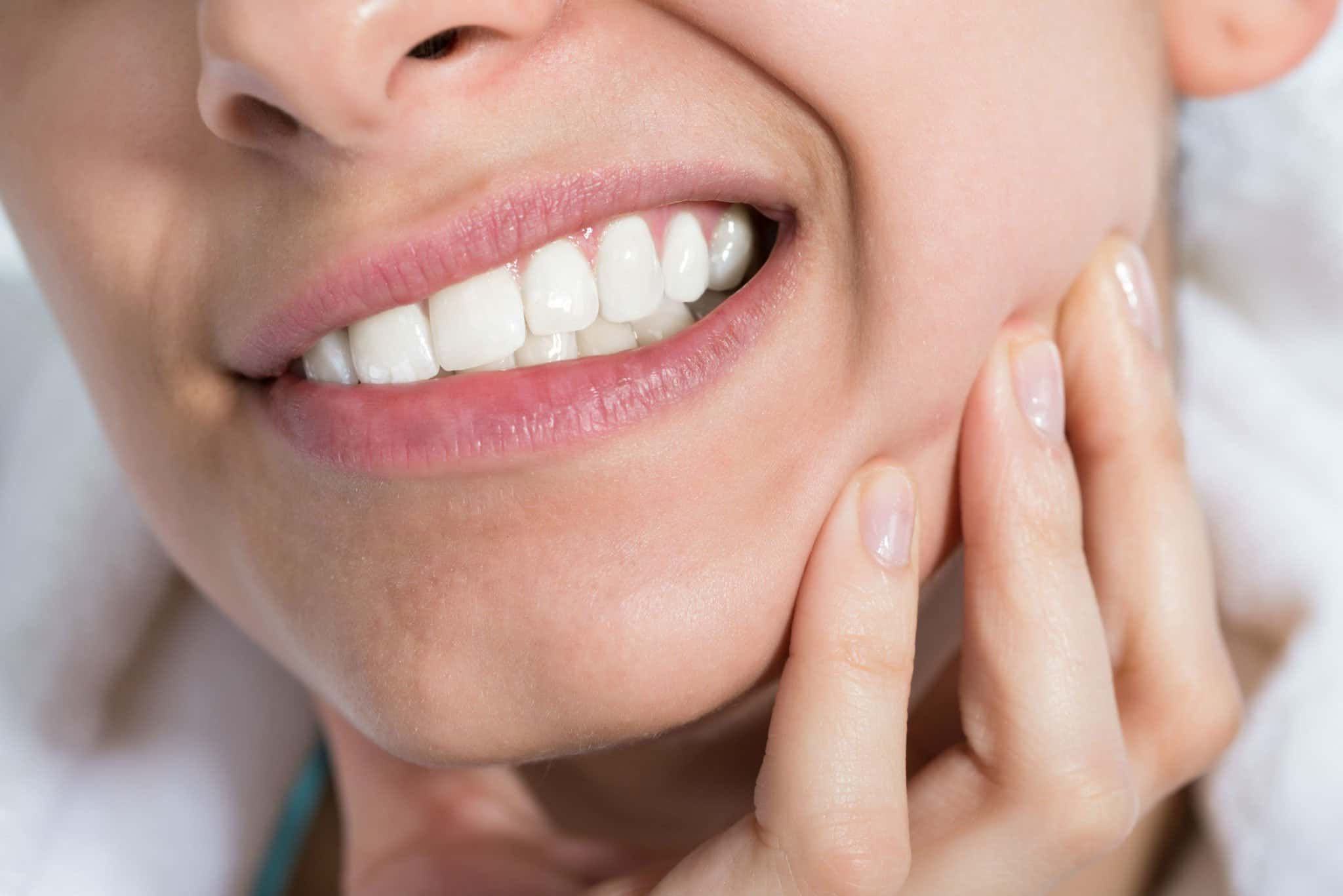How Toothache Passes? What’s Good?
Salih ÖNDER2022-09-05T22:54:13+03:00How do dental veneer pains go away?
If the early-term pain in the dental veneer started right after the veneer was bonded, tooth sensitivity due to bonding occurred. The pain in this tooth coating should be expected to decrease. However, in case of excessive contact of the veneer with the opposing tooth, that is, if a bump is felt during chewing, you should consult your dentist immediately.
If the pain in the tooth coating occurs after a long time, there may be two reasons. The first is pain originating from the gums. It can be removed with gum treatment (curettage) without removing the veneer. However, if the gum problem is very advanced and there is heavy bleeding, the coating may need to be renewed. Another reason is that the tooth under the veneer may have decayed and may have progressed to the nerve of the tooth. In this case, root canal treatment is required for the tooth under the veneer. Root canal treatment can be done without removing the veneer by drilling it to reach the nerve of the tooth, or it can be possible to remove the veneer.
How is gum pain treated?
If gingivitis progressing with gingivitis progresses untreated and causes loss of tissues surrounding the tooth, periodontitis develops. It is characterized by bone loss. At this stage, swelling, itching sensation, pressure sensation and bleeding in the gums are accompanied by pain.
Gum pain is felt especially in gingival abscesses and ulcerative lesions. It is important to distinguish them from other conditions such as aphthous lesions that may cause pain in the mouth, and to direct them to treatment accordingly, with dental check-ups.
Gum pain is eliminated with a treatment for the causative agent. In acute cases, drainage (drainage) of the abscess is required. By cleaning the necrotized areas, removing the deep and inflamed tissues, reducing the pressure in the area and eliminating the depths of the gums, the feeling of pain is relieved and the gums regain their tight consistency and healthy form.
How does a Twenty Years Toothache pass?
When the impacted wisdom teeth try to come out, it can cause pain in the ear area and temples in the upper jaw, under the chin in the lower jaw and towards the neck. Sometimes swelling and tenderness may occur in the lymph nodes in these areas. When such a situation develops, the patient should definitely consult a doctor. Depending on the severity of the situation, the physician prescribes the right antibiotic and pain reliever to the patient. Tooth eruption pain is controlled over time when the drugs are used regularly for as long as the physician deems appropriate and completely disappears after the related tooth is extracted.
How To Treat A Toothache At Home?
Toothache can have many causes. Joint pain, 20-year-old toothache, pain caused by the tooth nerve, tooth and gingivitis pain are very common toothaches in our society. First of all, the cause of the toothache should be determined and an appropriate treatment should be applied. It should be noted that the detection of toothache is made only by the dentist. However, there are some solutions to alleviate the pain until you go to the dentist.
Natural solutions that can be applied to relieve pain are as follows;
Brushing your teeth helps remove the nutrients stuck in the caries and causing pain. Cleaning the teeth with dental floss and brushing reduce the pain.
Vinegar water and salt water mouthwash partially numb the toothache. It cleans the female from bacteria and reduces swelling. It has a disinfectant effect on gums and open dental caries.
Taking painkillers with the advice of your dentist and following the terms of use will relieve your pain for a certain period of time.
Aspirin, cologne, alcohol should not be placed on the tooth, and instead of these, clove oil should be preferred. Clove oil or dried clove has been used for centuries to treat infection. Clove oil, which is good for toothache, has anesthetic and antiseptic properties. It contains a powerful substance called eugenol. This substance, which helps to kill bacteria, is also found in toothpastes. If dried cloves are placed on the aching area and left to wait, it numbs that area and reduces the feeling of pain. In addition, due to its antibacterial properties, it affects the harmful bacteria around the decayed tooth.
Ice application; Applying a cold compress to the aching tooth area or rinsing the mouth with cold water temporarily relieves the pain. On the contrary, applying a hot compress to the aching tooth area or rinsing the mouth with hot water temporarily relieves the pain.
If a toothache occurs at night, the pillow can be raised as lying down will increase the pain.
Things to Consider in Baby Dental Care:
From the age of one, the baby should not be allowed to sleep with a bottle or on the breast. Sweeteners such as sugar, honey and molasses should not be added to the milk in the bottle.
Likewise, under no circumstances should sweeteners such as sugar, honey or molasses be added to the pacifier. Teeth should be cleaned by wrapping a clean and slightly damp gauze cloth on the index finger or with the help of a finger brush after feeding, starting from the first eruption.
Especially in the first year of the baby It is important for the prevention of period childhood caries (baby bottle caries) by regularly taking it to a pedodontist (children’s dentistry specialist).
Since the spitting reflex is not fully developed until the age of 3.5-4, teeth should be brushed without toothpaste or with toothpaste recommended by a pedodontist. Toothbrush should be as small as possible with soft bristles and should be replaced frequently. Brushing should be done under the control of parents and with their help until the school period.
How Does Braces Pain Go?
Braces pain usually occurs when the braces are first inserted, and sometimes after the control sessions of orthodontic treatment, and usually goes away on its own without the need to do anything. Depending on the pain threshold of the person and the severity of the crowding, sometimes it may be necessary to use painkillers. Most patients do not even need to use medication and the body adapts to this tension created by the wires within 2-3 days. During the treatment, pain may occur due to the penetration of the wires in the mouth into the inner part of the cheek. In this case, the pain can be temporarily relieved by using the patient’s wax. However, it is necessary to go to an orthodontist as soon as possible to correct the sunken wire.
How to care for braces?
In people undergoing orthodontic treatment, existing brackets and wires create extra retaining areas for food retention in the mouth. Thus, it is easier for food residues and microbial dental plaque to accumulate on the teeth. For this reason, it is necessary to pay extra attention to mouth and teeth cleaning compared to a person without brackets, so that the teeth are not damaged and rotted during the treatment. Braces care is done with the help of special orthodontic toothbrushes and interface brushes. The specially designed bristles of orthodontic toothbrushes form a groove on the brush, thus allowing the brush to move easily back and forth on the bracket. Apart from this, since the spaces under the wires cannot be cleaned completely with a brush, these parts are cleaned with fine-tipped interface brushes. This fine-tipped interface brush is placed under the wire passing between both teeth and is cleaned one by one with up and down movements. At the beginning of the treatment, the doctor explains in detail to the patient how to clean the mouth and teeth.
Kayseri Hospital
Chief Physician Dt. Zeynep CETIN

